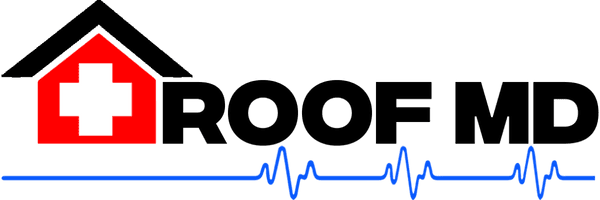Most Overlooked Items by Insurance Adjusters in A Roof Claim
When handling a roof claim, homeowners insurance adjusters and roofers often have differing views, leading to disagreements. While insurance companies aim to do right by customers, they are still businesses seeking profit. It’s uncommon for the initial insurance scope to fully cover all details required by local codes and warranties.
By excluding many of these line items from claims, insurance companies save millions annually on payouts. Catching these omissions are difficult for most homeowners and, unfortunately, many roofers. However, an experienced roofer could identify several damage areas that an insurance adjuster might overlook, such as:
- Matching Issues
- Underlayment
- Ventilation
- Gutter and Downspout Damage
- Code Upgrades
- Accessory Structures
- Ice and Water Shields
- Complete Replacement vs. Spot Repair
- Debris Removal
- Drip Edge Flashings
- Starter Course
- Ridge Cap
- Kickout Flashings
Keep reading to learn why insurance adjusters often miss things, and why it’s crucial to address them during a roof damage claim.
Matching Issues
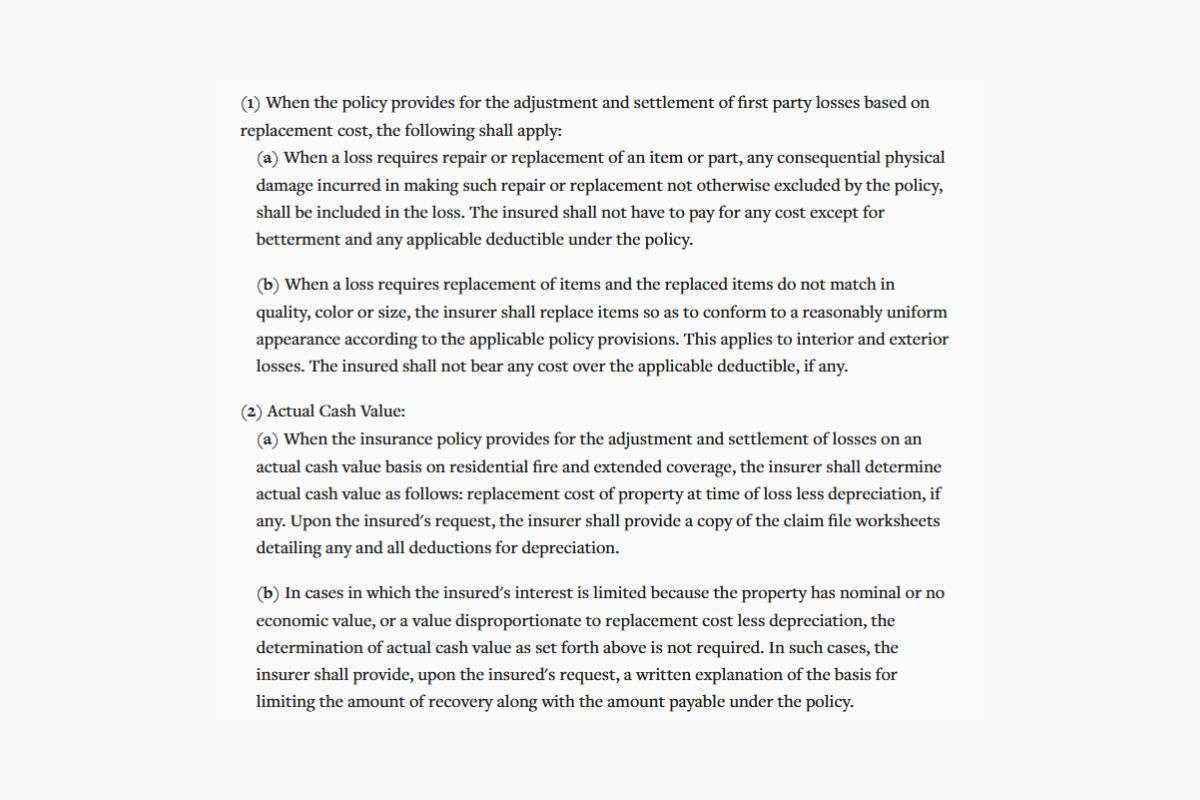
If part of your roof needs replacing, a good roofer might advise that new roofing materials match the existing ones in quality, color, and age. Adjusters often overlook or actively ignore this.
Some states, like Tennessee, require insurance to cover full roof replacement if repairs can’t match quality, color, and age. Even without such a law, watch out for red flags like your insurance using lower-quality shingles.
Underlayment
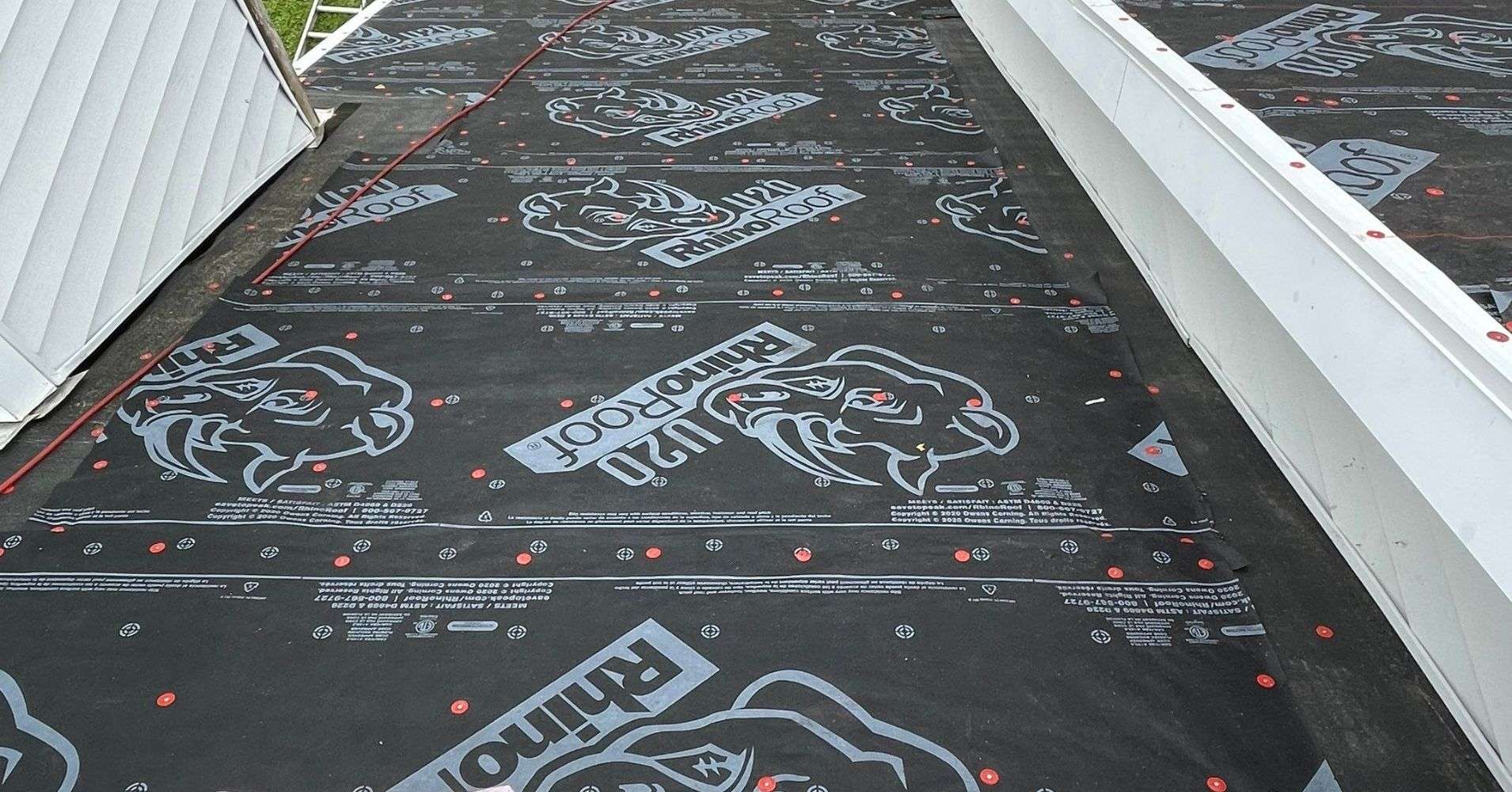
Damage to the underlayment can be easily missed or deemed unnecessary for replacement by an insurance adjuster. An experienced roofer knows that damaged underlayment can cause roof leaks and structural damage. It’s crucial to inspect the underlayment thoroughly to ensure the roof’s integrity.
If the roof’s pitch is under 4/12, building code mandates a minimum of 2 layers of underlayment. The initial insurance scope rarely includes this but it can lead to potential oversights during repairs. Homeowners should be aware of these requirements to advocate for proper repairs and avoid future problems.
Ventilation
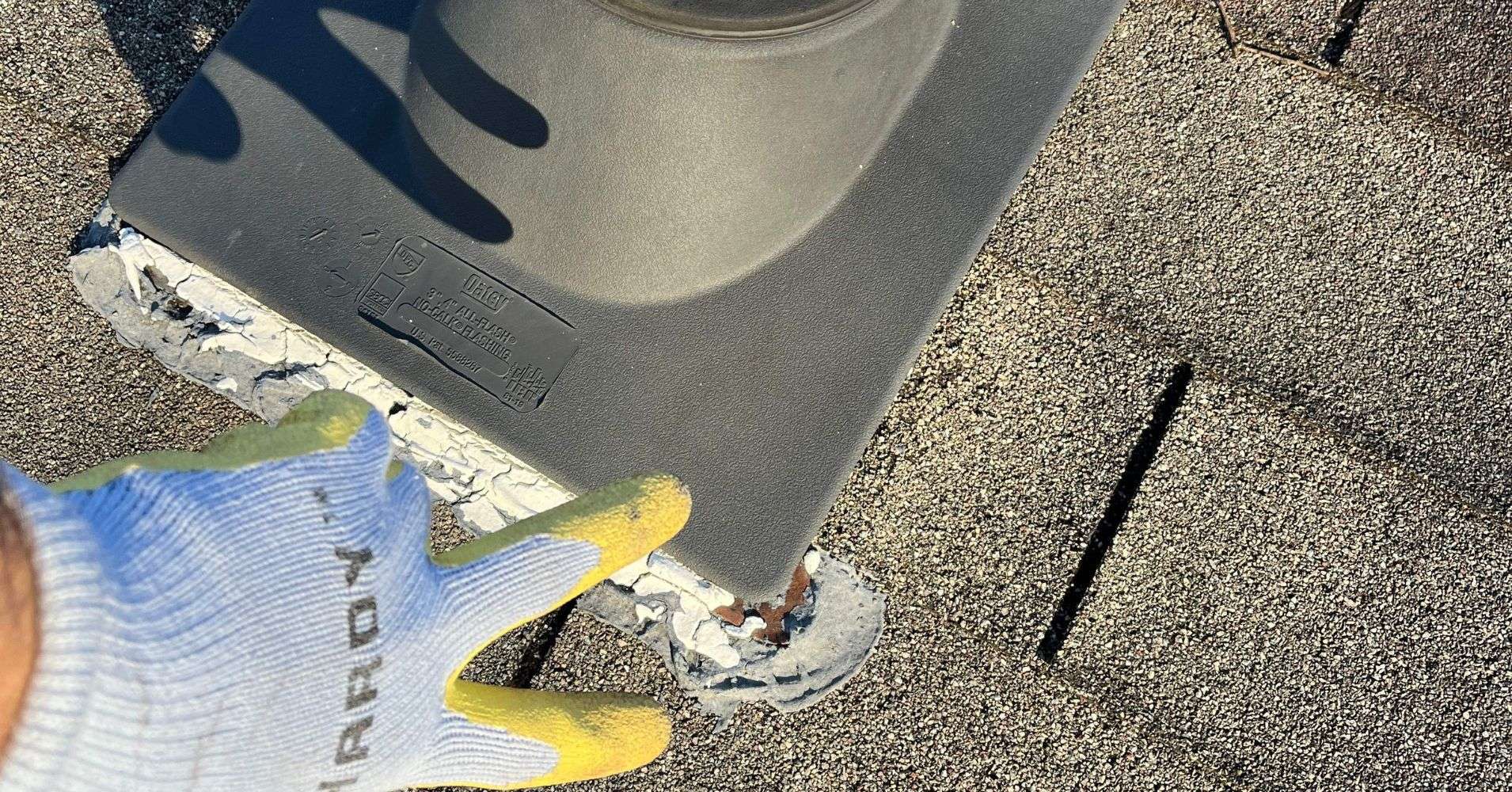
Proper roof ventilation is crucial for extending your roof’s lifespan. It regulates temperature and moisture, reducing the risk of mold and structural damage. Disagreements can occur when a roofer recommends ventilation repairs, but an adjuster omits it from an insurance claim. Remember, local building codes often mandate attic ventilation for safety and health standards.
Disagreements can arise when a roofer suggests ventilation repairs, but the adjuster excludes it from the insurance claim. Local building codes usually require attic ventilation for safety and health reasons.
Gutter and Downspout Damage
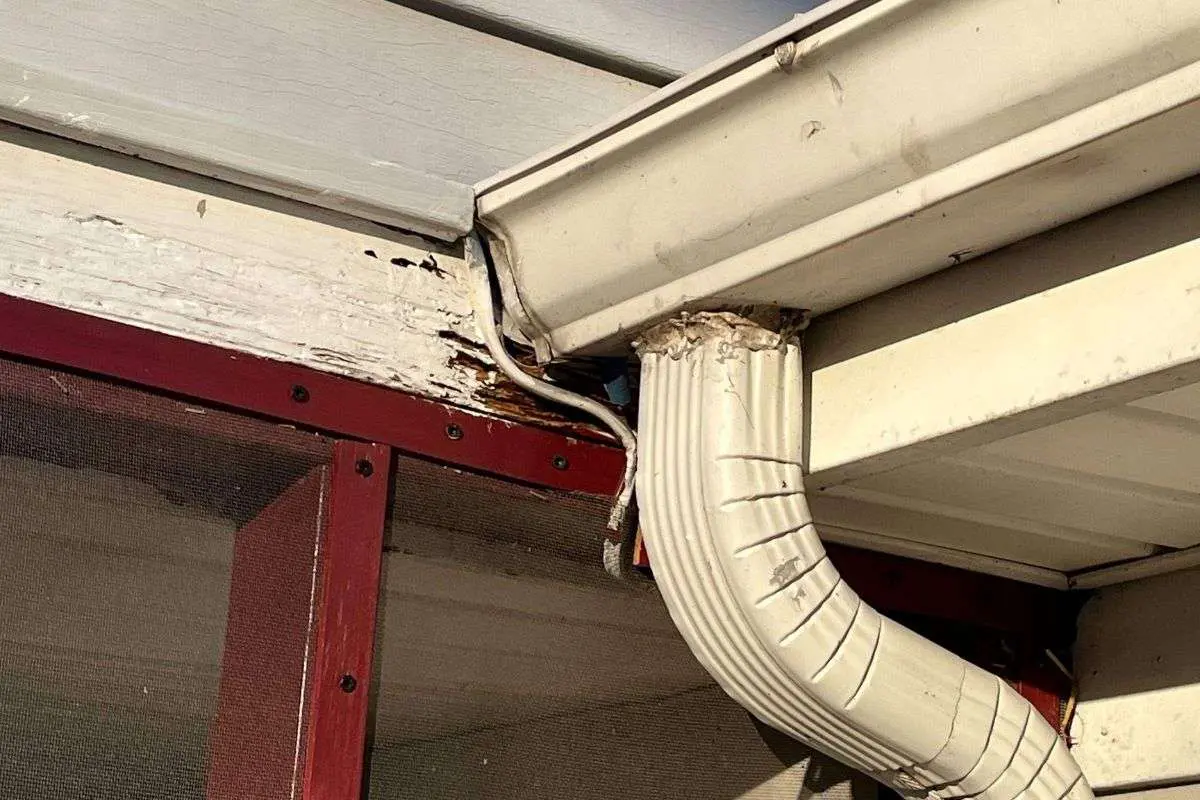
Gutters and downspouts are essential for directing water away to prevent property damage. Faulty gutters cause pooling water, leading to mold, structural damage, and costly repairs. Proper sizing and installation are crucial, and a good roofer can help upgrade damaged downspouts through insurance.
Code Upgrades
Building codes change over time. If a roof needs updating to meet current standards, a knowledgeable roofer might point out this requirement, known as a code upgrade.
Insurance typically doesn’t cover code upgrades unless you have knowledge of local codes and demonstrate their need. People often overlook solid wood sheathing, ice and water shields, chimney crickets, and other components.
Accessory Structures
Accessory structures are additional elements not built into the roof but interact directly with it. These include skylights, solar panels, and satellite dishes mounted on the roof. Adjusters often overlook your accessory structures because they’re not directly part of the roof.
They can often be entry points for water intrusion if not properly installed or sealed by a professional roofer. Ensure your insurance policy covers your all accessory structures and speak with a professional roofer about this specifically.
Ice and Water Shields
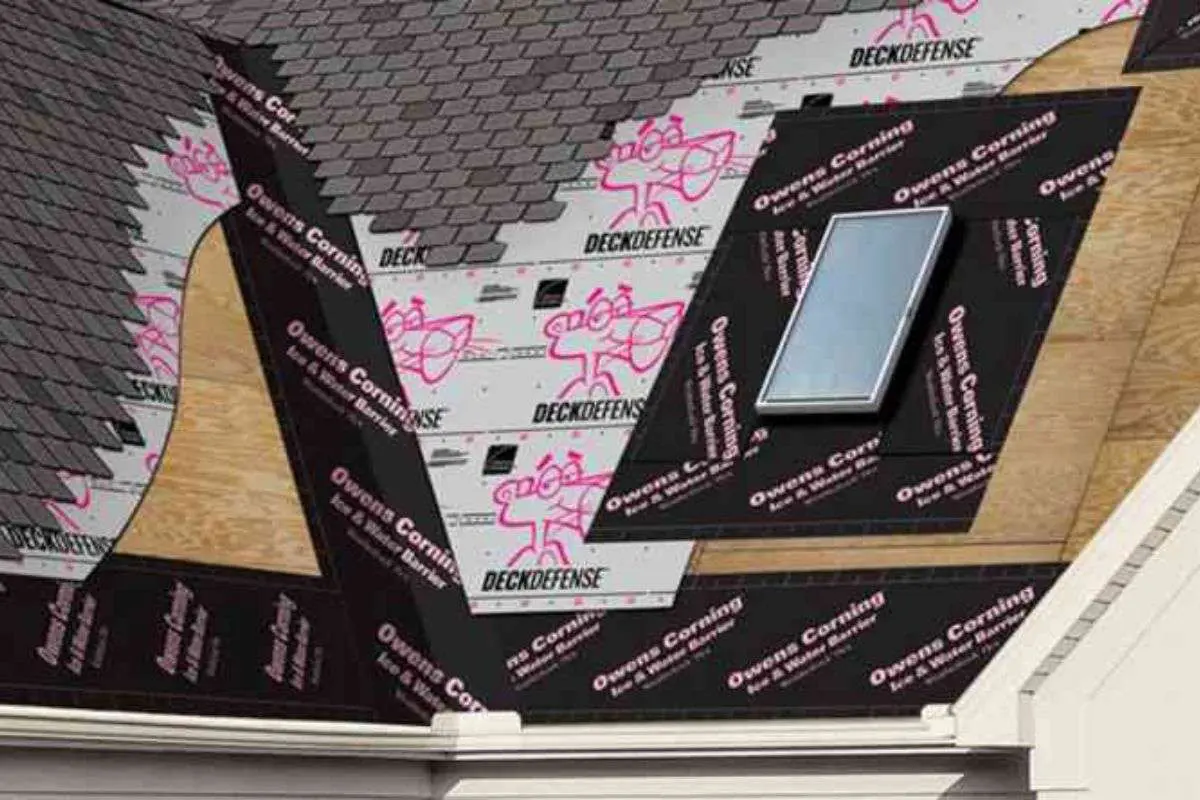
In colder climates, an ice and water shield is crucial to prevent ice dams and water from damaging your roof’s structure. This protective layer is essential during winter when snow and ice build-up.
However, an insurance adjuster might claim that if your old roof lacked it, adding one is an upgrade, not a replacement. Conversely, a roofer would argue it’s essential to prevent future damage and avoid costly repairs.
Adding an ice and water shield boosts a roof’s durability and longevity, especially in tough winters. Skilled roofers can often get the insurance company to cover this, protecting their investment.
Complete Replacement vs. Spot Repair
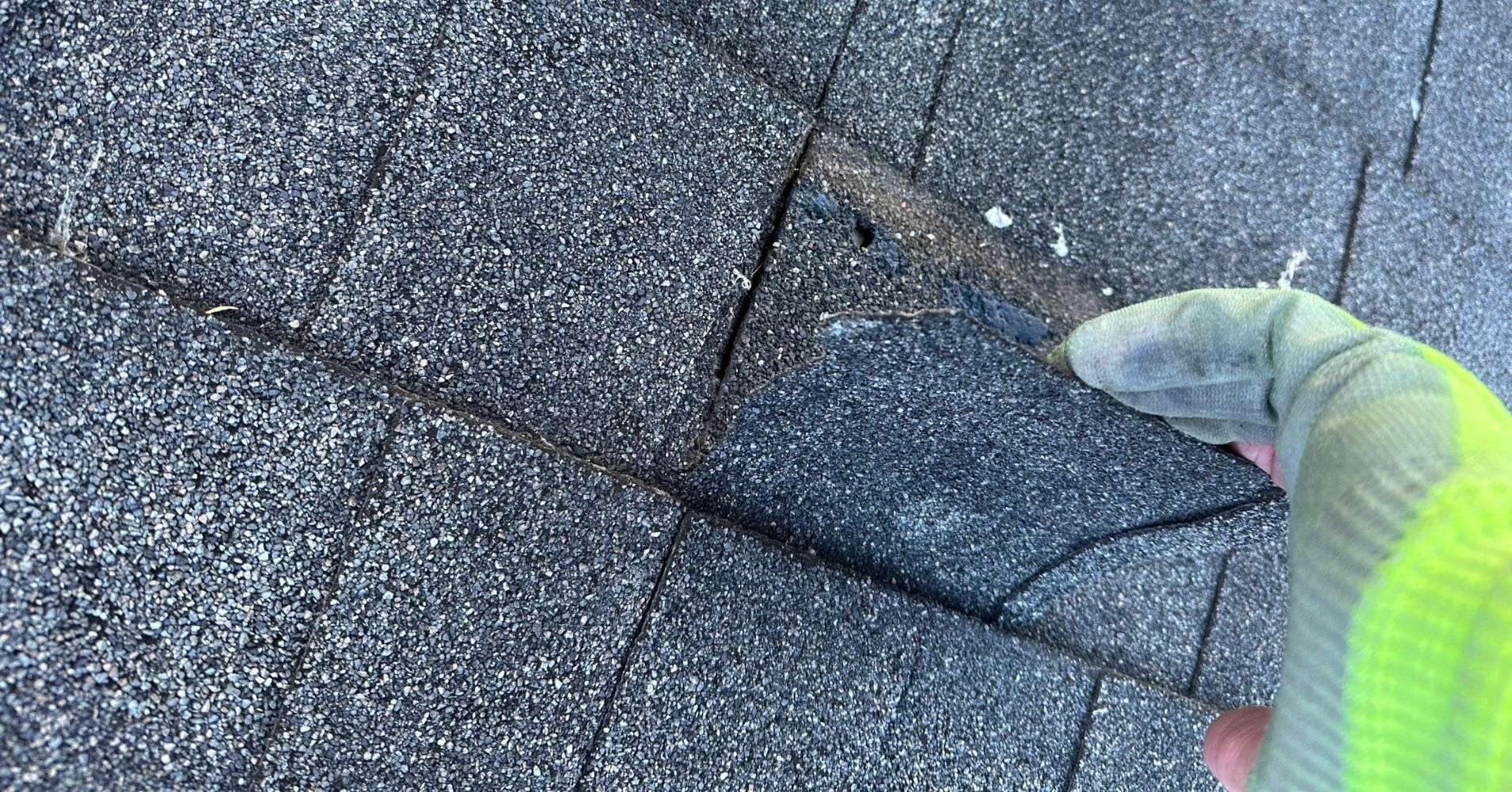
An adjuster may approve small roof repairs, but roofers might recommend full replacement for consistency and durability. If shingles are brittle, a Brittle Test can show that spot repairs could worsen damage. This argument has often resulted in new roofs for clients.
Debris Removal
The cost of removing old materials and cleanup might not be fully accounted for in an adjuster’s estimate. However, debris removal and cleanup are crucial steps in the roof repair or replacement process. Professional contractors will dispose of old materials properly and leave your property clean and tidy after completing the job. Ensure these costs are part of the insurance estimate, not extra for homeowners.
Drip Edge Flashings
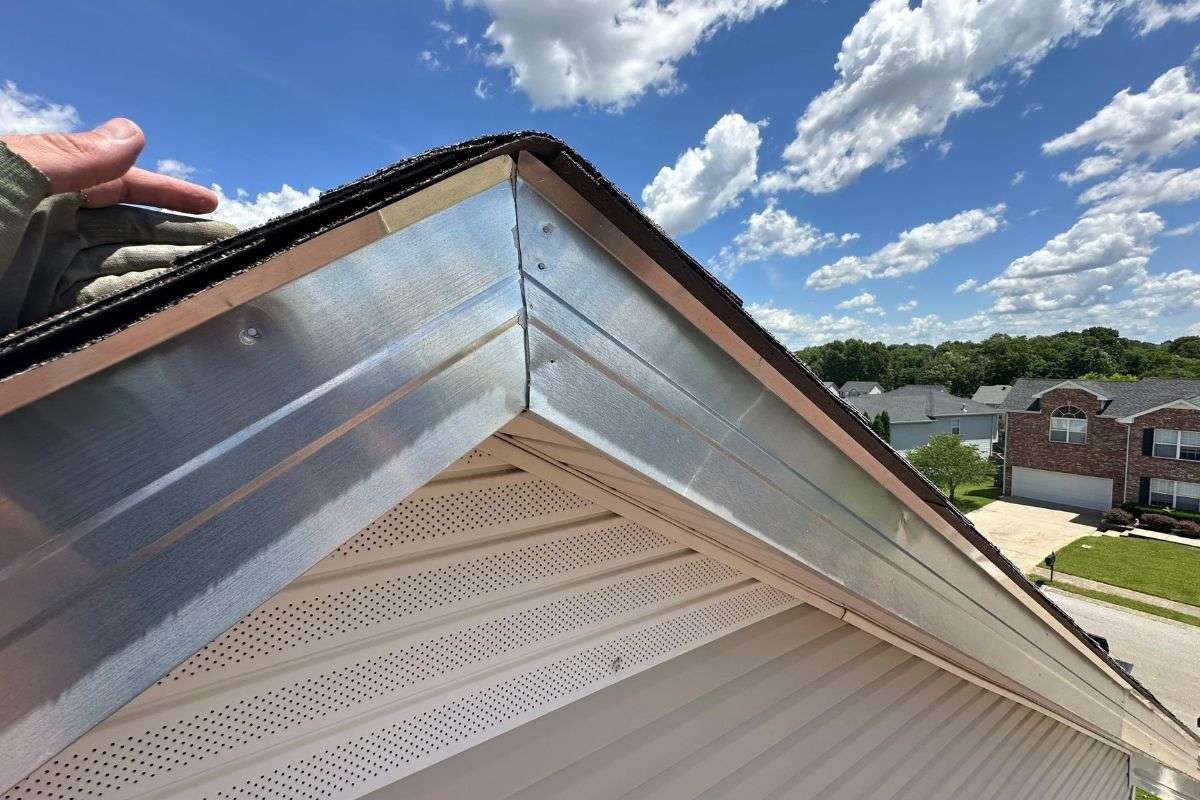
Drip edge flashing is metal added to your roof’s edge to prevent water from getting under shingles and damaging the structure. Without it, you might face rot or mold. Although often overlooked, codes and manufacturers require it.
It might add cost, but proper installation is crucial for safety and saving money long-term. Plus, it’s vital for the roof claim process!
Starter Course
A starter course is super important for any asphalt shingle roof. It’s that first layer of shingles along the eaves and rakes, giving a solid base for everything else. Insurance poorly covers starter courses, leading to issues like wind damage or water leaks.
Ridge Cap
On a 3-tab roof, adjusters often include ridge caps in the total cost since roofers cut shingles into ridge pieces. This overlooks the extra labor involved for the roofer. This discrepancy can lead to a lower insurance payout than a roofer’s charge. If a roofer doesn’t address this, they might aim for a low-cost installation, risking poor workmanship.
Kickout Flashings
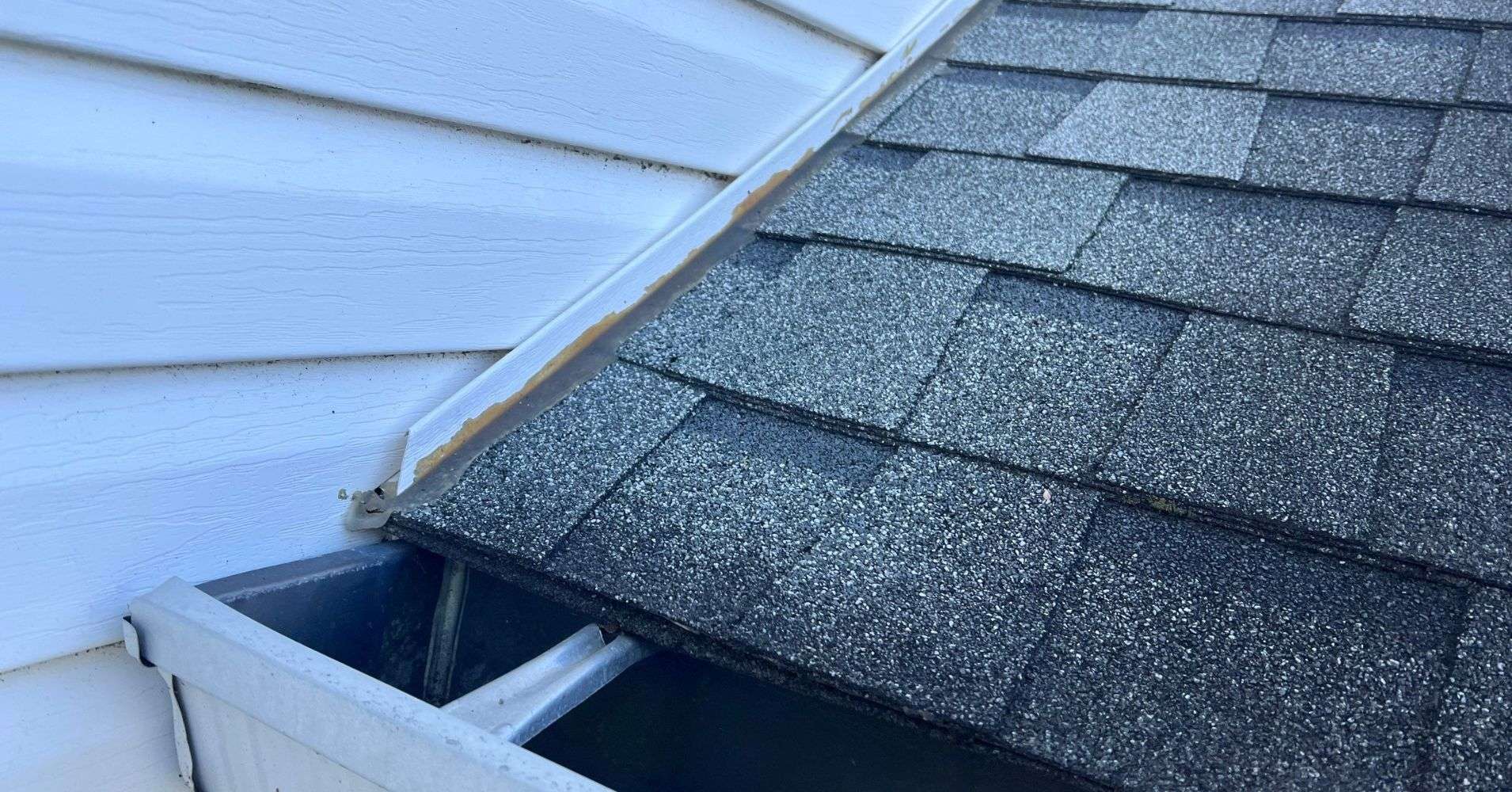
A kickout flashings are a critical element in preventing water intrusion in homes with adjacent roofs and walls. They divert water away from the wall and into the gutter, minimizing the risk of damage to your home’s structure.
Homeowners should know that insurance adjusters often exclude kickouts from estimates, seeing them as upgrades. It’s important to ensure their inclusion in roof claim negotiations.
Why a Professional Roofer is the best way to Protect your Roof Claim against an insurance adjusters
A professional roofing company can offer important insights that might affect an insurance company’s coverage decision. Have an independent roof inspector present during the adjuster’s inspection to ensure honesty and proper damage documentation.
If you’re in Tennessee or Georgia, Roof MD specializes in Xactimate estimating and insurance scope writing. We utilize insurance company software to ensure clear communication and secure homeowners’ entitlements under their policies. We advocate for clients, successfully negotiating coverage for overlooked items. Visit our insurance claim help page or book a professional roof inspection today to get the help you deserve.
